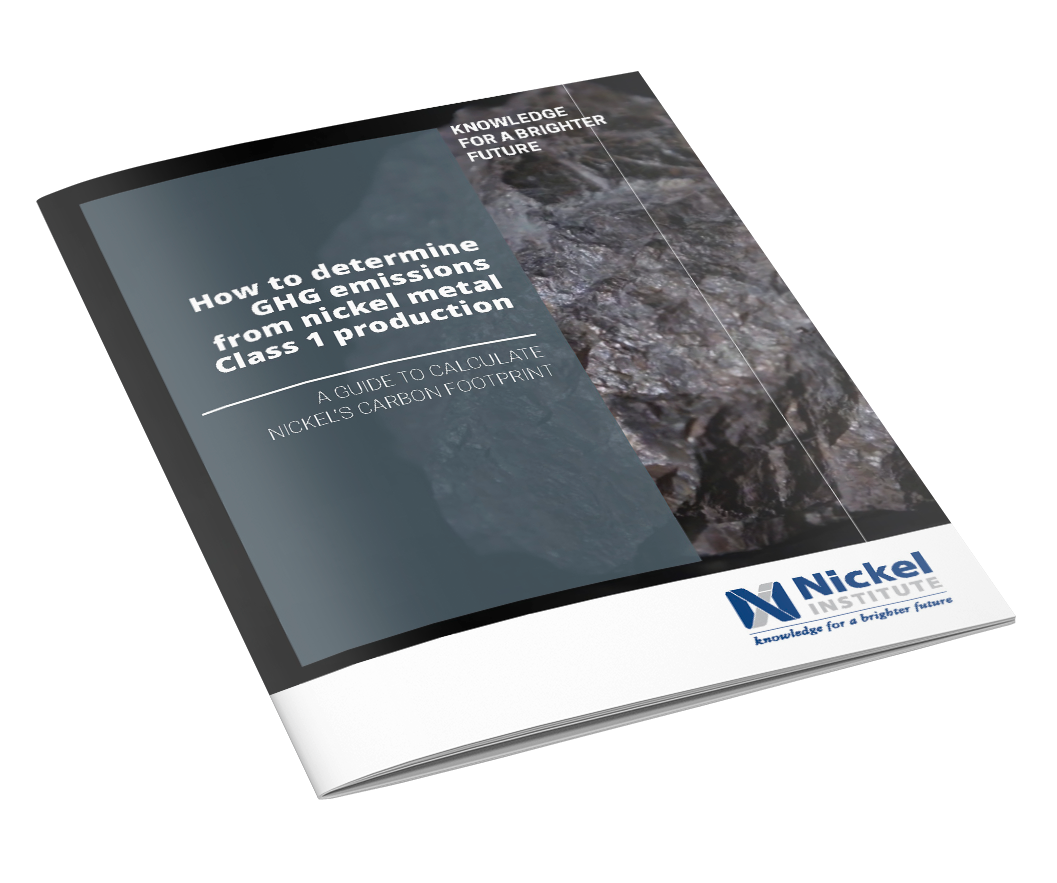Life cycle management describes how materials, products and infrastructure are best managed from an environmental perspective through their complete product cycle.
For metals such as nickel, the impact associated with initial production can be amortised over time, depending on how often the nickel is recovered at the end of one product cycle (e.g. nickel batteries or nickel-containing stainless steel) and re-used in another. Thus the full ‘life cycle’ of nickel is different from, and is usually much longer than, that of products in which it has been incorporated.
For nickel, life cycle management covers primary production (mining, processing, refining), first use (e.g. stainless steels, alloys, plating), end uses (e.g. transport, engineering, construction, electronics, tubular products and metal goods) and the end-of-life management of nickel-containing products (i.e. collection and recycling of nickel for return to use).
Life cycle management is broken down into several discrete activities. A number of these steps have an established methodology covered by the ISO14000 series, which include standards for Life Cycle Assessment (LCA).
Principles to be applied in effective life cycle management
The Nickel Institute promotes a series of principles that should be applied in life cycle management:
-
Full life cycle thinking: products should be assessed through their entire life cycle, from the initial mining of the raw materials they contain, through use to recycling. Conclusions based on just parts of the life cycle (e.g. environmental footprint from production) may be misleading, as environmental benefits from use and recycling may in fact outweigh the footprint.
-
Agreed concepts and methodologies: the nickel industry engages with regulators, academia and standardisation bodies in developing concepts and methodologies for properly assessing the life cycle of metals. Currently, there are a number of methods available and applied that fail to properly account for the characteristics of metals and their life cycle. There is guidance available showing how metals such as nickel need to be assessed within life cycle considerations.
-
Use of high quality data: life cycle assessment can only deliver valid conclusions when built on appropriate data such as life cycle data for raw material production, material flows and recycling efficiencies. The Nickel Institute provides high-quality, peer-reviewed information for various segments of the life cycle. Third parties can create reliable and robust conclusions by using this data.
How to determine GHG emissions ?
The Nickel Institute has produced guidance for nickel producers to help them calculate their greenhouse gas emissions.
This guidance considers the complexity of nickel production and aims to support the generation of scientifically robust and reliable data that is comparable throughout the entire industry.
The guidance specifies the principles, requirements and methodologies for quantifying and communicating GHG emissions from refined nickel metal production processes and the associated cradle-to-gate carbon footprints of their products and precursors, such as nickel ores from mining, nickel concentrates from beneficiation and ore preparation, as well as nickel intermediates from primary extraction from both lateritic and sulfidic nickel metal production.
The application of this guidance allows nickel producers as well as their customers and other stakeholders to calculate the climate change impact of Class 1 nickel metal production.
